Wellness facilities need to rethink their business models.
Many of today’s facilities think of themselves as service providers. From yoga classes and spin sessions to strength training and meditation, they offer a wide variety of options for members.
However, this variety isn’t what their members want — at least, not entirely.
Consumer demand has increasingly shifted toward holistic programs, particularly over the post-COVID years. Eighty-two percent of US consumers consider wellness a top or important priority in their everyday lives, according to McKinsey’s 2024 Future of Wellness survey, with 58% of respondents reporting increased prioritization of wellness. They want an experience that treats the mind and body together, rather than separate services they need to piece together themselves.
Lindsey Trubia, Head of Business Development at Nordic Wellness, has become familiar with this gap while traveling to help facilities implement wellness programs. Through her experience, she’s identified what’s blocking them from evolving with the times — and what they need to transform from service providers to wellness ecosystem developers.
The Essentials:
▶ The wellness industry is fixated on stand-alone services while consumers demand a more holistic experience.
▶ To maintain a competitive edge, wellness facilities must break out of the service provider mindset and shift to developing a wellness ecosystem.
▶ Building these ecosystems requires blending four reinforcing elements: recovery infrastructure, breathwork technology, transformative education, and experiential touchpoints.
Familiarity Breeds Failure
Wellness facilities hold on to stand-alone services because they’re familiar.
They know what they are and how they work. Meanwhile, they’ve already enlisted the practitioners to lead them: yoga teachers, spin instructors, personal trainers, and others.
On the surface, this looks like a well-oiled machine, because it is in many cases. It’s just not a machine that will deliver the business outcomes facilities want and the health benefits members need.
As a result, familiarity has become a liability. It’s holding facilities back from embracing the shift to the holistic, integrated experiences that members demand — at a time when competition is sky-high. “The competition is high, higher than ever,” Trubia observes. “And member churn is increasing because studios are popping up everywhere.”

In this environment, the resistance to adopting ecosystem thinking leaves them vulnerable to commoditization. Forced to compete on price and convenience, unique value propositions will erode while margins shrink.
The implications of not shifting are only rising in severity as early-adopter markets, like San Diego, establish integrated wellness as the new standard. “Geographically, San Diego, Miami, Atlanta, and New York are on the leading edge of this wellness trajectory,” Trubia says. “Everyone else is catching up.”

The Core Elements of Wellness Ecosystem Development
To adapt and thrive, wellness facilities must alter their perception of who they are and what they offer.
Trubia has learned that they need to stop thinking of themselves as service providers and start thinking of themselves as ecosystem developers. This requires blending physical and mental wellness modalities so they reinforce one another, creating a wellness experience that delivers better outcomes than any of its components alone.
As Head of Business Development and Education at Nordic Wellness, she’s helped facilities across the US successfully complete this evolution. Her approach is informed by her diverse background — as a Division 1 athlete who understands peak performance, a sales leader at CVS Health, a Level 2 Wim Hof coach versed in breathwork and cold therapy, and a certified yoga teacher. Drawing from her multifaceted experience, she’s unlocked the four elements required for wellness ecosystem development.

➊ Water: Building Recovery Infrastructure
One core element of a wellness ecosystem is dedicated recovery infrastructure.
Installing equipment like cold plunge tubs and saunas creates immediate, tangible value for members seeking holistic wellness experiences. However, simply procuring the tools isn’t enough — they must be seamlessly integrated into a facility’s physical space to ensure transitions between modalities feel natural, not jarring.
Through Nordic’s partnerships, Trubia has discovered that space constraints are the biggest barrier to making this integration a reality. Meanwhile, privacy considerations are also top of mind for many facilities — their members want experiences that provide discretion rather than exposure.
She helped one yoga studio address these factors by introducing them to equipment like vertical cold plunge tubs, which have a smaller footprint and allow for more privacy than lay-down units.

➋ Air: Integrating Breathwork Technology
Trubia emphasizes the importance of integrating breathwork into core practices.
This can help members better prepare for, experience, and recover from physical wellness practices. For example, breathwork helps regulate the body’s physiological response to activities like cold plunging. With improved tolerance, members can fully enjoy the benefits of increased energy, enhanced mental clarity, and boosted metabolism.
Once this integration is mastered within the facility, technology platforms can help extend these practices into members’ daily lives, reinforcing good habits at home.
Trubia comments on the impact of the Nordic Flow breathwork app, “It optimizes the cold plunge experience. But beyond that, it instills better breathing habits that help with improved sleep and nervous system regulation.”
➌ Fire: Spreading Transformative Education
As facilities evolve, they must properly train staff on new equipment and practices.
Without this education, the quality of the experience will suffer, dissatisfying members while putting them at greater risk of injury.
Recognizing this challenge, Nordic Wellness has made proper training central to its mission. Trubia personally develops the curriculum and conducts online and in-person training to ensure facilities can properly educate their staff. Her most successful sessions have been with facilities that require all key stakeholders to participate, from studio owners to managers to front-line instructors.

➍ Earth: Establishing Experiential Touchpoints
Facilities need to focus on customizing their programming to amplify their existing brand identity and remain differentiated in the growing market. When members have a positive experience that feels authentically rooted in a particular facility’s identity, switching to a competitor becomes far less appealing.
Working with one fast-paced yoga studio, Trubia curated breathwork programming that aligned with its music-driven environment. This helped the studio create a more holistic experience for its members without diluting its unique value proposition in the process.
With the four elements in mind, wellness facilities are equipped to bring holistic wellness experiences to life. Discover how to make them a reality in our tactical playbook.
Longevity For All
By concentrating on the core elements, facilities can transform into the wellness ecosystems their members demand.
This transformation moves facilities from:
▶ Siloed services to an integrated experience. Services reinforce one another, creating an experience far more impactful than the sum of its parts.
▶ A single revenue stream to a multi-channel model. Instead of relying on membership or single-class fees, facilities unlock revenue through premium programming, instructor training courses, and co-marketing campaigns with equipment providers and implementation partners.
▶ In-studio to hybrid engagement. Value delivery extends beyond facility walls, allowing facilities to engage with their members between visits to foster deeper, more lasting relationships.
▶ A standardized to brand-specific experience. Facilities build out more holistic experiences that simultaneously amplify their unique brand and culture.
These changes drive health and longevity for facilities and the members they serve.
“When you have the hardware, the app, the education, and the in-person experience,” Trubia emphasizes, “the stickiness of the experience and long-term utilization are much greater.”

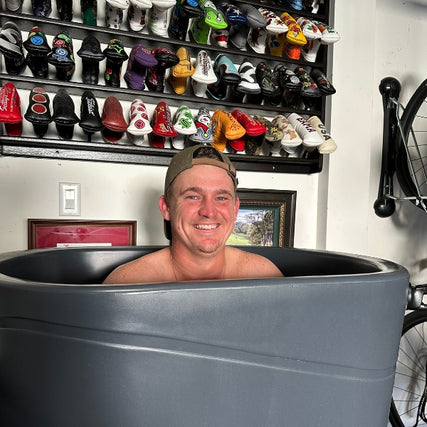



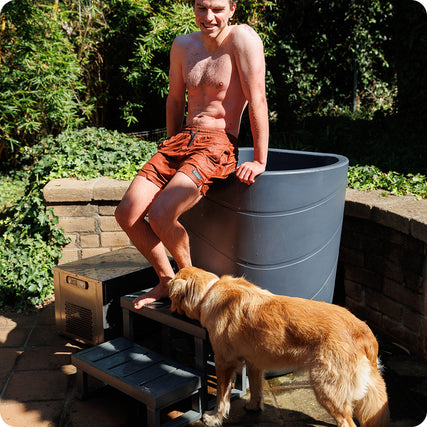
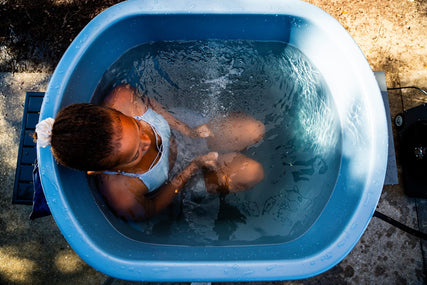

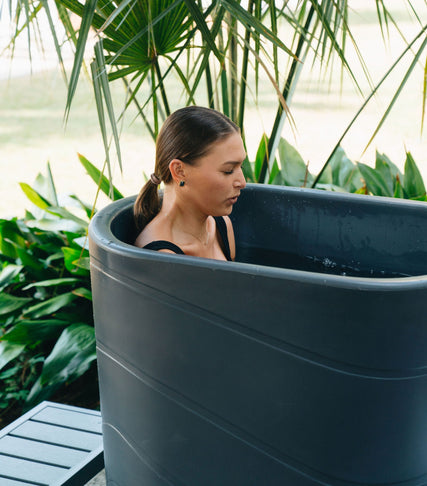
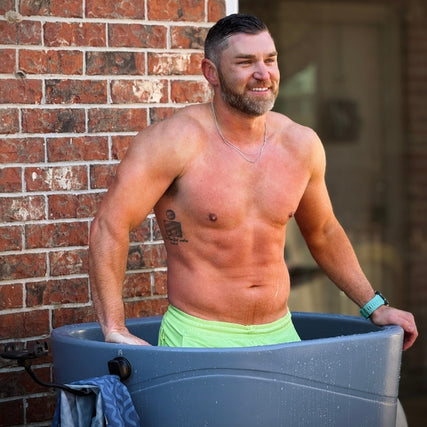
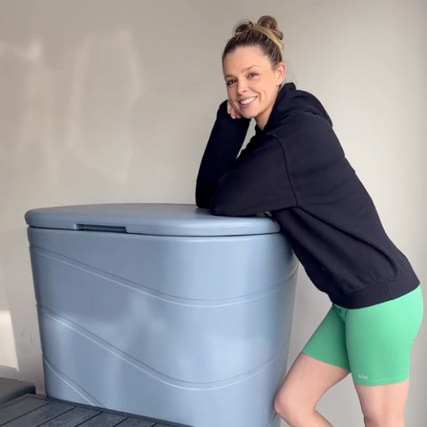
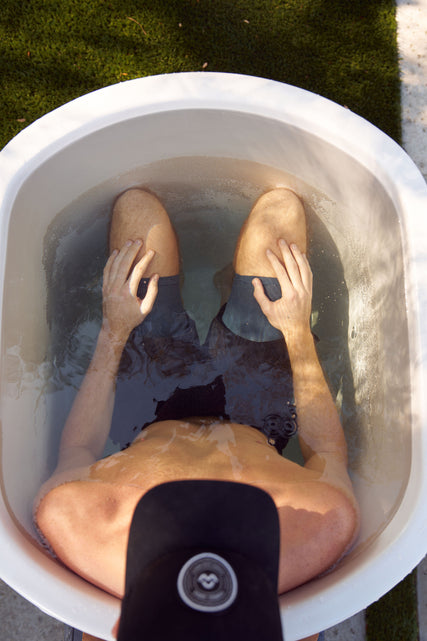

Share:
From Fitness Studio to Wellness Hub: A 4-Step Guide to Profitable Recovery Programs
The Modern Wellness Facility’s Guide to Strategic Breathwork and Cold Therapy Partnerships